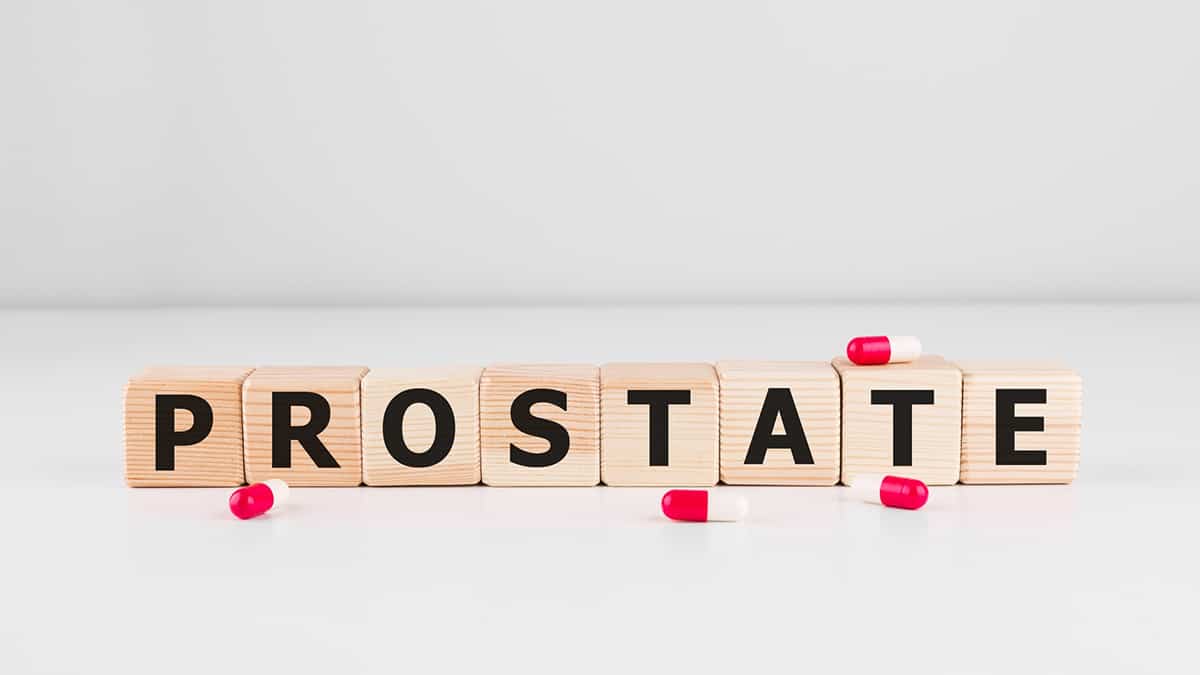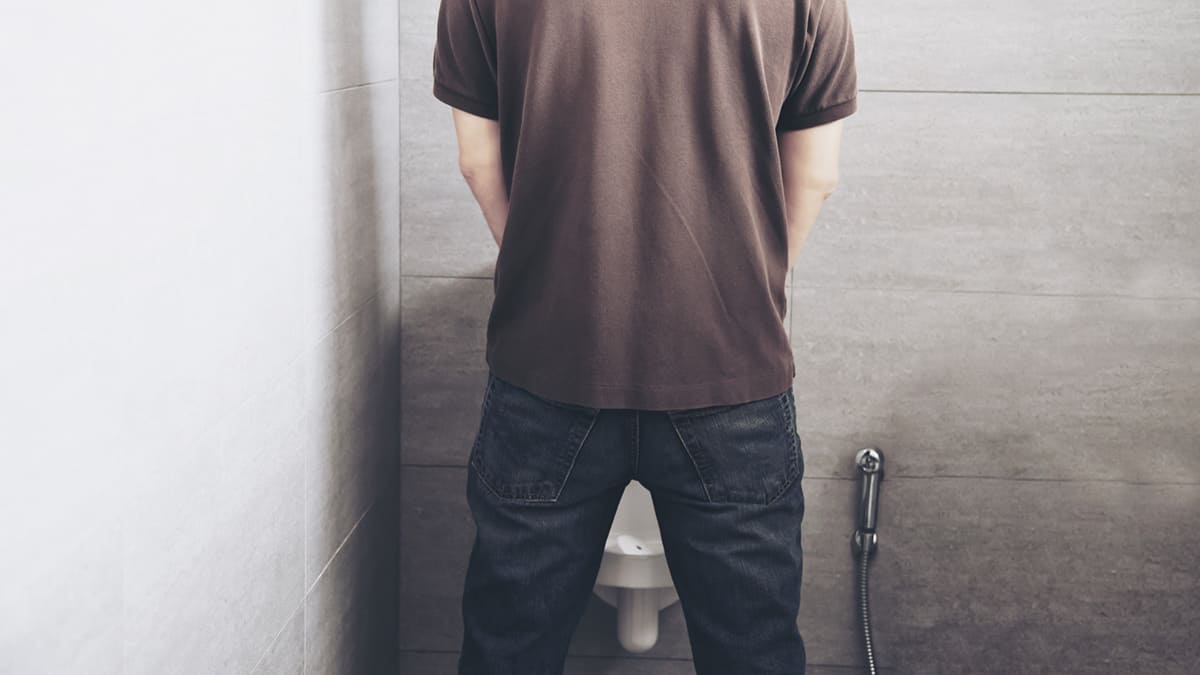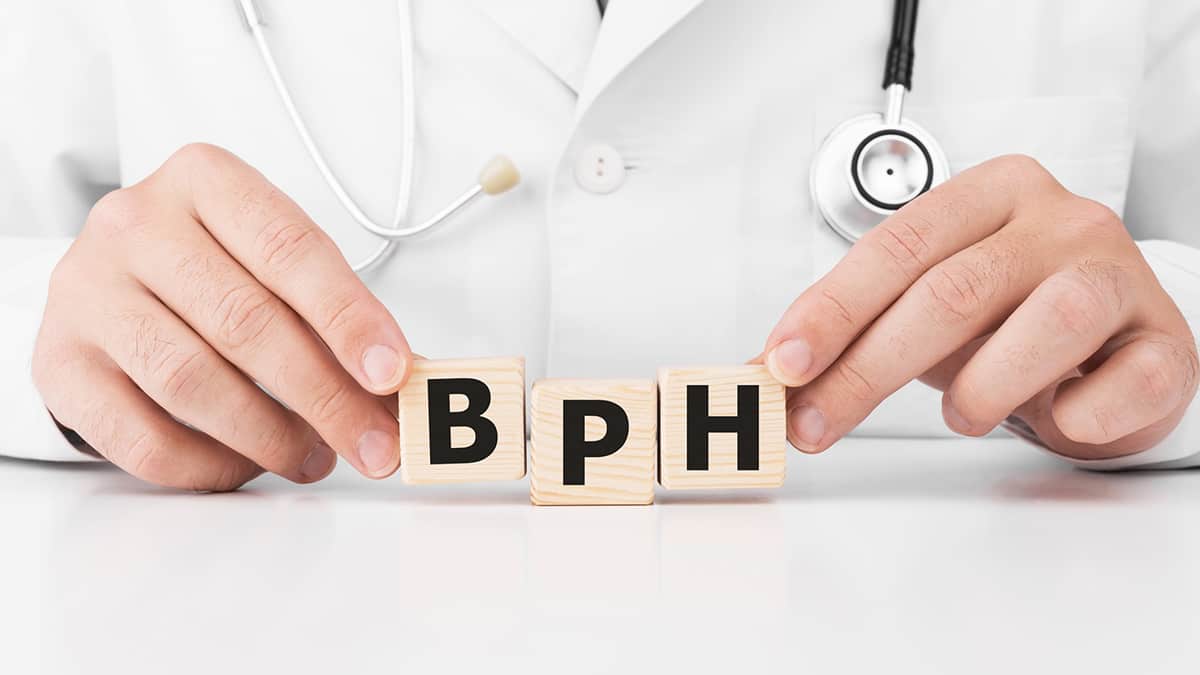Enlarged Prostate: Natural and Pharmaceutical Treatments
Physical Health

If your doctor has told you that you have an enlarged prostate, you’re not alone: about half of men between the ages of 51 and 60 have the condition. An enlarged prostate becomes even more common with age, affecting as many as nine out of 10 men who are over the age of 80.
An enlarged prostate doesn’t always need to be treated. However, if it is causing painful or uncomfortable symptoms, treatments can help improve your quality of life. There are several different supplements, medications, and procedures that can help treat an enlarged prostate.
What Is an Enlarged Prostate?
The prostate is a gland found inside the pelvis, underneath the bladder, and surrounding the urethra (the tube that carries urine from the bladder out of the body). The prostate makes part of the semen, the fluid that contains sperm.
In young adults, the prostate is about the size of a walnut. However, it continually grows larger with age, potentially reaching the size of a lemon by the age of 60. In some cases, it may grow too large, leading to an enlarged prostate, also called benign prostatic hyperplasia (BPH). If the enlarged prostate presses against the bladder or urethra, it can lead to some health problems.
BPH is not cancer, and men with an enlarged prostate don’t have a higher chance of being diagnosed with cancer. However, some of the symptoms of BPH overlap with those of prostate cancer, so it is important to be aware of any health changes and tell your doctor about any potential symptoms that you notice.
The Symptoms of an Enlarged Prostate

Most men with BPH don’t have any symptoms. For others, the enlarged prostate may start to block the urethra, leading to signs like:
- Needing to urinate frequently
- Having trouble getting urine out
- Stopping and starting multiple times while urinating
- Feeling like you haven’t fully emptied your bladder after urinating
- Dribbling after finishing urinating
- Incontinence (the leaking of urine that you can’t stop)
- Feeling a strong urge to urinate all of a sudden
- Needing to use the bathroom at least two times each night
It is important to get early symptoms checked out to make sure they are not signs of cancer. Additionally, if urination problems go untreated, they can eventually lead to more serious issues such as bladder or kidney damage, urinary tract infections (UTIs), bladder stones, or kidney failure.
Keep an eye out for symptoms of more serious conditions, such as an infection. Seek medical care right away if you have a fever, bloody urine, are urinating less than you usually do, or notice pain in your abdomen, side, or back.
If you are experiencing any changes in your urination patterns, talk to your healthcare provider. They may try to figure out the cause of the problem by performing a physical exam or ordering various tests, such as:
- A prostate specific antigen (PSA) test — A blood test that measures levels of the PSA molecule in the blood, which may increase due to prostate problems such as cancer, an infection, or BPH
- Urinalysis — Tests that can check for blood or infections in the urine
- Urodynamic tests — Procedures that measure how well urine flows through the bladder and urethra
- Cystoscopy — A procedure in which a thin tube with a camera at the end is used to look inside of the urethra and bladder
What Causes an Enlarged Prostate?

Doctors don’t yet fully understand why many men develop BPH. Some experts believe that the condition happens due to age-related changes in hormone levels. For example, levels of active testosterone tend to drop, while levels of the related hormone dihydrotestosterone (DHT) can increase within the prostate. These changes may cause prostate cells to grow more quickly.
There are also certain risk factors that can increase a person’s chances of developing an enlarged prostate. These include:
- Being over the age of 40
- Having family members, such as a father or brother, who were diagnosed with the condition
- Being obese or not getting enough physical activity
- Experiencing certain other health conditions, such as heart disease, type 2 diabetes, or erectile dysfunction
Treating an Enlarged Prostate
There are several possible BPH treatment plans that doctors may recommend. The approach that is right for you depends on several factors, such as how severe your symptoms are, whether your symptoms are disrupting your daily life, and your overall health.
Regardless of which treatment plan you choose, experts recommend that you visit your doctor at least once per year if you have an enlarged prostate. Regular check-ups provide the opportunity to switch up your treatment plan if needed.
Watchful Waiting
If you don’t have BPH symptoms, or if your symptoms are mild, your doctor may recommend a “watchful waiting” or “watch and wait” approach. This means that you don’t use any treatments.
During this time, you should visit your doctor regularly so that they can keep an eye on your condition and make sure it isn’t getting worse or leading to other serious problems. If your symptoms start to get more severe, you may then decide that you want to try other treatments.
Lifestyle Changes

Whether you are trying watchful waiting or using treatments, certain lifestyle changes may help prevent or reduce symptoms.
You may want to change your habits surrounding urination. Don’t try to hold it in — go to the bathroom once you first notice that you need to. Try to empty your bladder all the way each time. Additionally, it can help to urinate on a schedule. Every couple of hours, try going to the bathroom, even if you don’t feel like you need to.
Try not to drink too much water all at once. Instead, drink a little bit of water at a time throughout the day. Your doctor may also suggest drinking less water than you normally would.
Some dietary changes may also help. Alcohol and caffeine can both make urinary symptoms worse, so limit how many alcoholic or caffeinated beverages you have, or avoid them entirely. Staying away from these substances at night may help you avoid waking up multiple times each night to use the bathroom.
Getting more exercise may also help ease symptoms. Try joining a local gym or YMCA, or go on a walk around your neighborhood. You can also go online to take virtual exercise classes or watch workout videos.
Stress can also exacerbate symptoms. Try reducing stress by practicing meditation or breathing exercises with the aid of a book, website, or app. Exercising, journaling, getting more sleep, and reaching out to loved ones or a mental health professional can also help reduce stress.
Avoid taking over-the-counter medications that contain decongestants or antihistamines, including drugs that treat colds, allergies, or sinus problems. These medications can sometimes make it more difficult for the bladder muscles to relax and let urine out, causing additional urinary symptoms. You may also want to ask your doctor whether it’s safe to take other medications that could worsen symptoms, including:
- Antidepressants
- Tranquilizers (medications used to treat anxiety and sleep disorders)
- Diuretics (medications that make your body produce more urine)
- Medication for high blood pressure
Supplements for an Enlarged Prostate
Some men turn to herbs, supplements, or natural products to ease BPH symptoms. If you choose to go this route, make sure to tell your doctor about everything that you are taking. Some natural products may interact with other medications or supplements or lead to side effects.
Early studies found that saw palmetto may help ease symptoms of an enlarged prostate. This substance comes from the American dwarf palm tree, found in the southern parts of the U.S.
However, when researchers tested saw palmetto in clinical trials, they found that there was no difference in BPH symptoms when men took saw palmetto compared to a placebo (sugar pill). In additional clinical trials, researchers tested increasingly high doses of saw palmetto, but still saw no effect.
On the other hand, a more recent clinical trial found that men found symptom relief when they used saw palmetto oil that contained beta-sitosterol. Other research has also found that beta-sitosterol on its own may lessen urinary symptoms caused by an enlarged prostate.
Older research also suggests that Pygeum africanum may help. Studies reported that men who used this supplement, which comes from the bark of the African plum tree, were more than twice as likely to say their symptoms got better compared to men who took a placebo.
Medications for BPH

There are several types of drugs that are prescribed for an enlarged prostate. These medications often work in different ways, cause different side effects, and cost varying amounts of money.
Alpha blockers such as Cardura (doxazosin) and Flomax (tamsulosin) relax muscles in the pelvis near the prostate. This can help urine move through the urethra more easily. While these medications don’t affect the size of the prostate, they can often relieve symptoms quickly. Some men who take these medications may experience side effects such as headache, dizziness, or tiredness.
Proscar (finasteride) and Avodart (dutasteride) are 5 alpha-reductase inhibitors, medications that actually shrink the prostate. They do this by blocking an enzyme that helps make more DHT hormone. Because DHT triggers prostate cells to grow more quickly, lowering levels of this hormone leads to a smaller prostate and fewer symptoms. These medications may take a few months to relieve symptoms and may not be suitable for people with more severe BPH. Potential side effects of 5 alpha-reductase inhibitors include decreased libido and erectile dysfunction, although these problems are not common.
Phosphodiesterase-5 inhibitors such as Viagra (sildenafil) and Cialis (tadalafil) are erectile dysfunction medications that can also help treat BPH. These work by relaxing the muscles in the penis. This may help urine flow out more easily.
Some scientific studies have found that using multiple types of medication together may help lead to even better results. For example, doctors may recommend taking both an alpha blocker and a 5 alpha-reductase inhibitor. However, phosphodiesterase-5 inhibitors can interact with alpha blockers, so let your doctor know if you are using these medications.
In some cases, an enlarged prostate may occur along with prostatitis (inflammation of the prostate). This condition is sometimes caused by infection, so taking antibiotics can sometimes lead to symptom relief.
Surgery for an Enlarged Prostate
Doctors may recommend surgery for more severe cases of BPH that are causing problems like incontinence, bloody urine, frequent infections, or kidney problems. It may also be a good solution when medication isn’t working.
The most common surgery for an enlarged prostate is transurethral resection of the prostate (TURP). This procedure is generally safe and effective. It involves inserting a thin tube into the urethra and using it to remove excess prostate tissue.
In some cases, doctors may recommend other types of surgery. One possibility is transurethral incision of the prostate (TUIP), in which a surgeon makes a few small cuts in the prostate in order to help widen the urethra. In laser surgery, a tiny laser is passed through the urethra and used to get rid of prostate tissue. An open prostatectomy involves making a cut through the skin and removing all or part of the prostate gland.
Several kinds of minimally-invasive surgical procedures may also be an option. These procedures often involve using heat or electricity to destroy prostate tissue. Minimally-invasive surgeries may be a good choice for men who have health conditions that make major surgery risky. However, they may need to be repeated in five to 10 years. These procedures may include:
- Transurethral needle ablation (TUNA)
- Transurethral microwave thermotherapy (TUMT)
- Transurethral electrovaporization of the prostate (TUVP)
- High-intensity focused ultrasound
- Water-induced thermotherapy
- Prostatic stent insertion
The Bottom Line
It’s important for each individual to work with their doctor to figure out the best treatment plan — what works best for you may not be a good fit for someone else.
For milder cases of an enlarged prostate, lifestyle changes, supplements, or certain medications may be enough to relieve symptoms. If these solutions aren’t enough, other medications or surgery may be more helpful. Additionally, it’s important to tell your doctor about any changes in urination. Even mild symptoms can occasionally be a sign of a more serious condition.